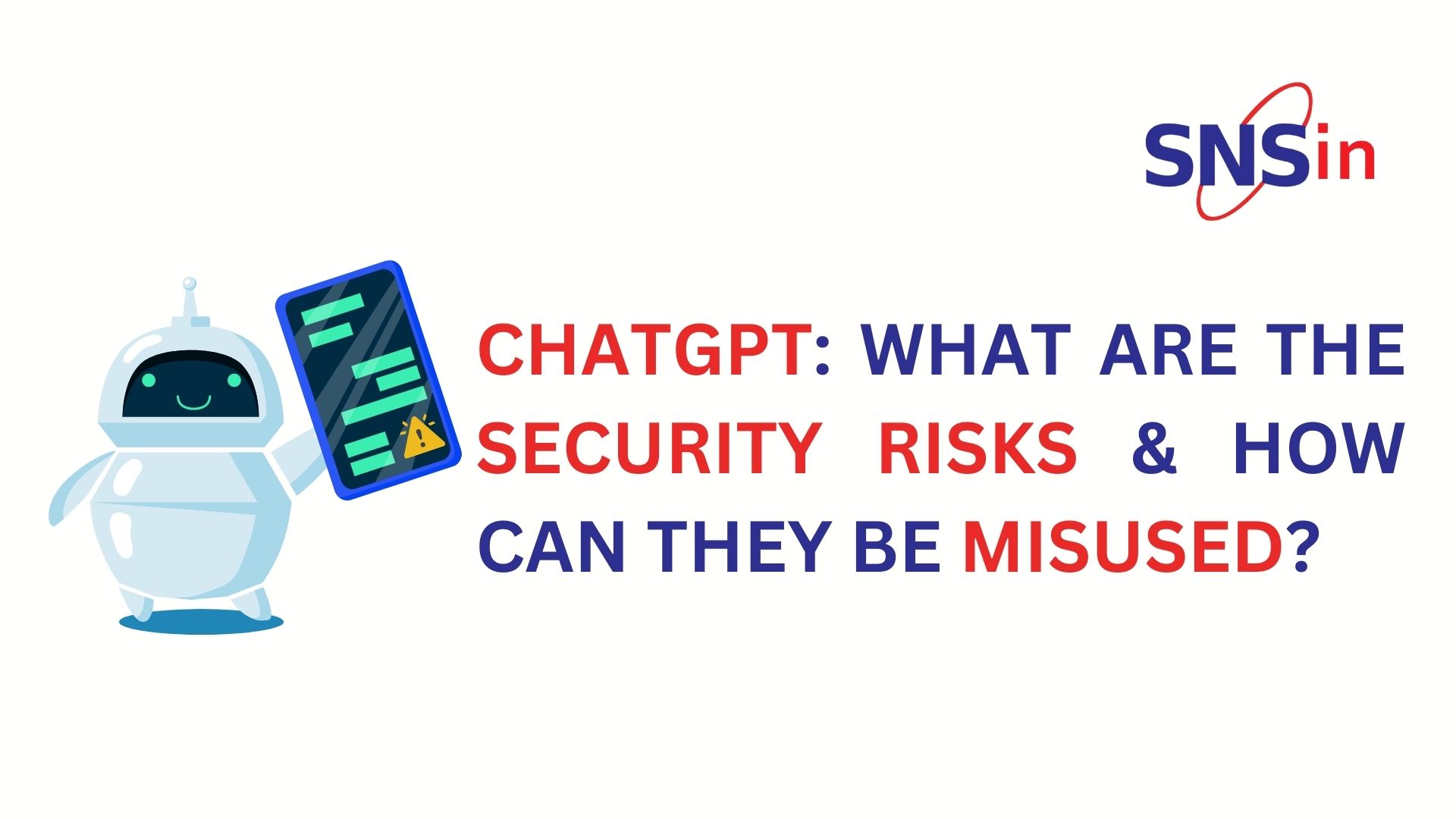Some of the most common Security Threats associated with ChatGPT are:
- Possibility of Data Theft: Cybercriminals use various tools, mechanisms, and techniques to steal data. There is a concern that ChatGPT may make a cybercriminal’s life easier. Anyone with malicious intent can take advantage of the chatbot’s ability to impersonate others, write flawless text, and generate code. Hackers can even create fake profiles and interact with unsuspecting users through phishing techniques. They can also make use of spam messages to circulate viruses or Malware.
- Malware Development: Many research groups have found that ChatGPT can aid in Malware development. For example, a user with a basic knowledge of malicious software could use the technology to write codes for active Malware. Since the bot is pre-trained and operates on a generative basis, it will only follow instructions and not decipher the intent of the task, even if it is malicious.
- Privacy Concerns: Since ChatGPT uses natural language processing, it could easily pick up confidential information such as names, addresses, and phone numbers. If such information falls into the wrong hands, it could be used for malicious purposes, such as identity theft, scams, or extortion. Impersonation is another crime that can easily be carried out with the help of ChatGPT. In addition, the bot can learn a person’s manner of talking, language, and tone as well.
- Misinformation: ChatGPT can provide information on a wide range of topics, but if it’s not programmed properly, it could provide inaccurate information. This could lead to users making decisions based on incorrect information, further causing harm or financial losses.
- Harassment: Predators could use ChatGPT to harass individuals. By interacting with unsuspecting users, they could build relationships and gain their trust before making inappropriate requests or threats. Since the request might seem genuine, people could get lured into decision-making on whatever hackers construct through ChatGPT.
- Business Email Compromise (BEC): BEC is one of the social engineering attacks in which a scammer uses email to trick someone in an organization into sharing confidential company data or sending money. BEC attacks are typically detected by security software by identifying patterns. They can bypass security filters.
To prevent the above attacks from taking place, the following security measures could be taken :
- Authentication: Organizations should implement robust authentication mechanisms to prevent unauthorized access. This could include multi-factor authentication, user verification, and login monitoring, to ensure that there is no person using systems illegitimately.
- Encryption: All communications between ChatGPT and users should be encrypted to prevent eavesdropping and interception. This can be accomplished with SSL/TLS or other encryption protocols.
- Data Protection: ChatGPT should be programmed to handle sensitive information securely. This could include encrypting sensitive data, storing it in a secure location, and limiting access to authorized personnel.
- Installing Good Endpoint: The most sophisticated threats can be avoided by running everything through good endpoint software. The robust endpoint solution will protect against brute-force and zero-day attacks.
- Bias Mitigation: ChatGPT should be trained on diverse, unbiased datasets to prevent discrimination. It should also be programmed to identify and flag discriminatory responses for review and correction.
- User Education: Users should be educated on how to interact with ChatGPT safely. This could include avoiding sharing sensitive information, reporting suspicious activity, and being aware of grooming and harassment tactics.
- Supervision: ChatGPT should be monitored regularly for suspicious activity. This could include reviewing chat logs for inappropriate messages, monitoring login attempts, and reviewing user reports of suspicious activity.
- Keeping Software Updated: Keep your software updated to the latest version by patching security vulnerabilities that a threat actor can use to attack your data.
![]()




